Cocotinos Sekotong
Lombok, Indonesia, Asia
Welcome to Cocotinos Sekotong, Lombok
Luxurious accommodation in the Southwest coast of Lombok – villas, rooms, restaurant, spa and professional dive services. Cocotinos Sekotong is a 4-star boutique beach resort and spa, set amidst a coconut grove in Sekotong Bay, on the southwest corner of Lombok Island.
Guests arrive by air at the new international airport at Praya in South Lombok and a 75-minute drive brings them through well-swept towns, lush green padi fields and verdant forests. The final part of the journey follows a winding coastline from picturesque Lembar Harbor to a secluded white-sand beach at Tanjung Empet.
The site where the resort is built was chosen for reasons of accessibility (the roads are paved and well-maintained all the way from the airport to the resort), and the availability of electrical power, water and telecommunication links. Furthermore, the resort faces the 3 coconut-fringed islands of Gili Nanggu, Gili Tangkong and Gili Sudak.
Fronting the resort is a glorious white-sand beach which spans over 300 meters, part of which lies within a private cove.
While the northern Gilis (Trawangan, Meno and Air) are well-known and developed, these 3 islands in the south-west are still unspoiled, tropical islands. Gili Nanggu, which is closest to the resort, is already rated as one of the world’s best snorkeling destinations by Silkwind magazine. Apart from these 3 islands, there are 10 other islands within an easy boat ride.
Cocotinos Sekotong was designed along similar lines to the first Cocotinos Resort in Manado, but on a grander and more luxurious scale, while still maintaining that cozy ambience and personalized service, now synonymous with the Cocotinos brand.
Laleina Spa
Your stay at Cocotinos will not be complete without a visit to the Laleina Spa. Laleina, which means the sea, appropriately describes the spa which is located on the beach overlooking the sea towards Gili Nanggu. In this quiet and beautiful setting, your tension will melt away to the sound of the waves gently lapping the shore, in the hands of their dedicated spa therapists. Come for a massage, scrub or an exotic detoxifying wrap.
Swimming Pool
This 17m by 7m freshwater pool is a central feature of the resort, situated on the beachfront, and adjacent to the Ela-Ela Restaurant & Bar. The deep end at 2m is ideal for conducting scuba training. Roll off the sandstone ledge and cool off in the refreshing water of the shallow pool while taking in the splendid views of the 3 idyllic Gilis. Or, stretch out on one of the teak sun-loungers and simply relax while enjoying one of the long cool drinks from the bar.
Dive Center
Away from the maddening crowd, Cocotinos-Sekotong offers a range of dive sites only a few have been to. Once you arrive at the dive site, you will often find no other dive boats there, making your dive an undisturbed and enjoyable one!
Odyssea Divers is a certified PADI & SSI Dive Center. So even if you don’t come as a diver, you could very well leave as one! Their multi-lingual instructors have many years of experience and several hundred certifications between them. Courses can be conducted in English or Indonesian.
Activities
Trekking
Cocotinos Sekotong is surrounded by rolling hills of scrub and grasslands, making it ideal for those who enjoy trekking and taking in the magnificent views of Sekotong Bay.
Surfing
Considered one of the best in the world, ardent surfers from all over the world flock here to ride one of the longest barrels on the planet. Desert Point aka Bangko Bangko is isolated in every sense of the word. Bangko Bangko, Lombok’s dessert point for surfing is only 20Km from the resort, but that has not stopped them coming in droves! Other surf zones include Air Guling, Gili Trawangan, Kuta Lombok, Mawun and Senggigi.
Wind Surfing
Cocotinos’ geographical location gives the resort a shoreline facing the north-east which will make any wind or kite surfer very pleased. In the months of May to October, south west winds averaging up to 7 knots crosses with a slight diagonal direction into their shoreline. During the months of November to April, the wind direction changes to originate from the west with an average speed of 8 knots. Even with
the strong winds, the promontory on the left of the resort prevents big waves from hitting the beachfront of the resort. The wind line starts after the end of the jetty and on a good day with cross-shore winds, wide caps can be seen across the sea, providing perfect conditions for launching.
Mt. Rinjani
Scale Indonesia’s second highest volcano and bear witness to its stunning views. Not for the faint hearted, the climb to 3,726m is arduous but very rewarding. Treks to the summit take 2 to 3 days, and you will also come close to an active volcano that recently erupted in May 2010, surrounded by an azure crater lake that is about 200m deep.
Biking Tour
A fun way of discovering Lombok, biking tours gives you a glimpse of rural Lombok, taking you through landscapes of contrasting arid and fertile areas
Golf
Kosaido Country Club: On the northwest coast of Lombok, on Sire Bay, this 18-hole championship course offers views of Mt Rinjani, the Gili islands and its gently undulating fairways offer a unique and challenging experience for all levels of golfers. About a 45-minute drive from Senggigi, the course was designed by Peter Thompson, Michael Wolveridge and Perret, and built respecting the natural contours of the land.
Rinjani Country Club: Located 500m above sea level in the Rinjani foothills, golfers find that they play better, breathing in the cool, fresh mountain air on this 18-hole international standard championship course. Just 25 minutes from the airport, this country club with villas, swimming pool, tennis courts and restaurants serving local and international cuisines will be a welcome retreat for any golfer.
Land Tour
City Tours – Take a ride back in time and see what Lombok used to be like in the olden days. Visit museums, traditional Sasak villages and the local markets.
Visit Pottery Villages – Famous for its unique hand-cast coil formed pottery, these villages display the skills of these pottery masters. Watch them at work as they ‘throw’ both traditional and modern items right before your eyes.
Visit Handicraft Villages – Different villages specialize in different types of handicraft – baskets, sarongs, wood and furniture – for you to take home as souvenirs.
Visit traditional Sasak villages – See how the native inhabitants of Lombok live, where mountain tribal life of the past centuries still exist.
Visit Waterfalls, Nature Parks – Sendang Gile Waterfall is 600m above sea level and offers a refreshing massage when you stand under its 30-meter cascade of crystal clear, cool, fresh mountain water.

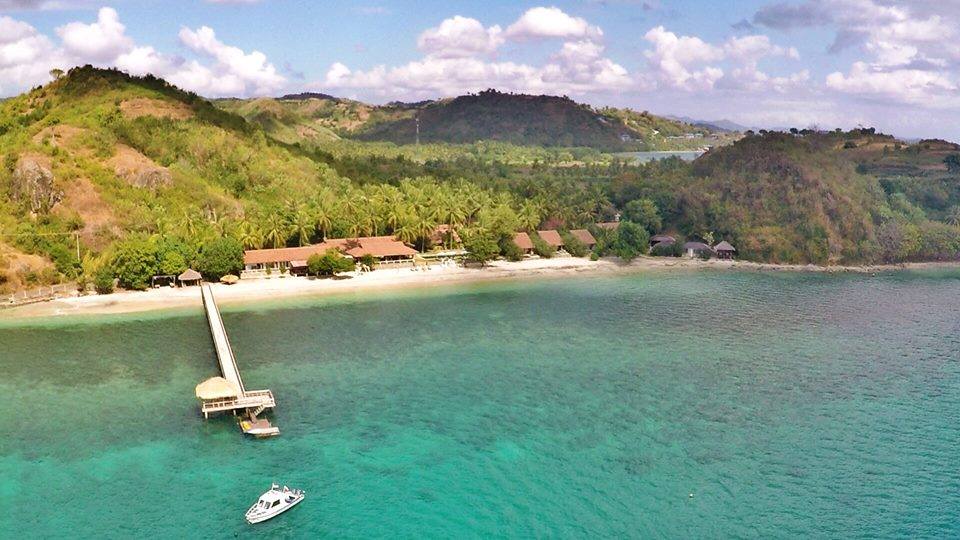
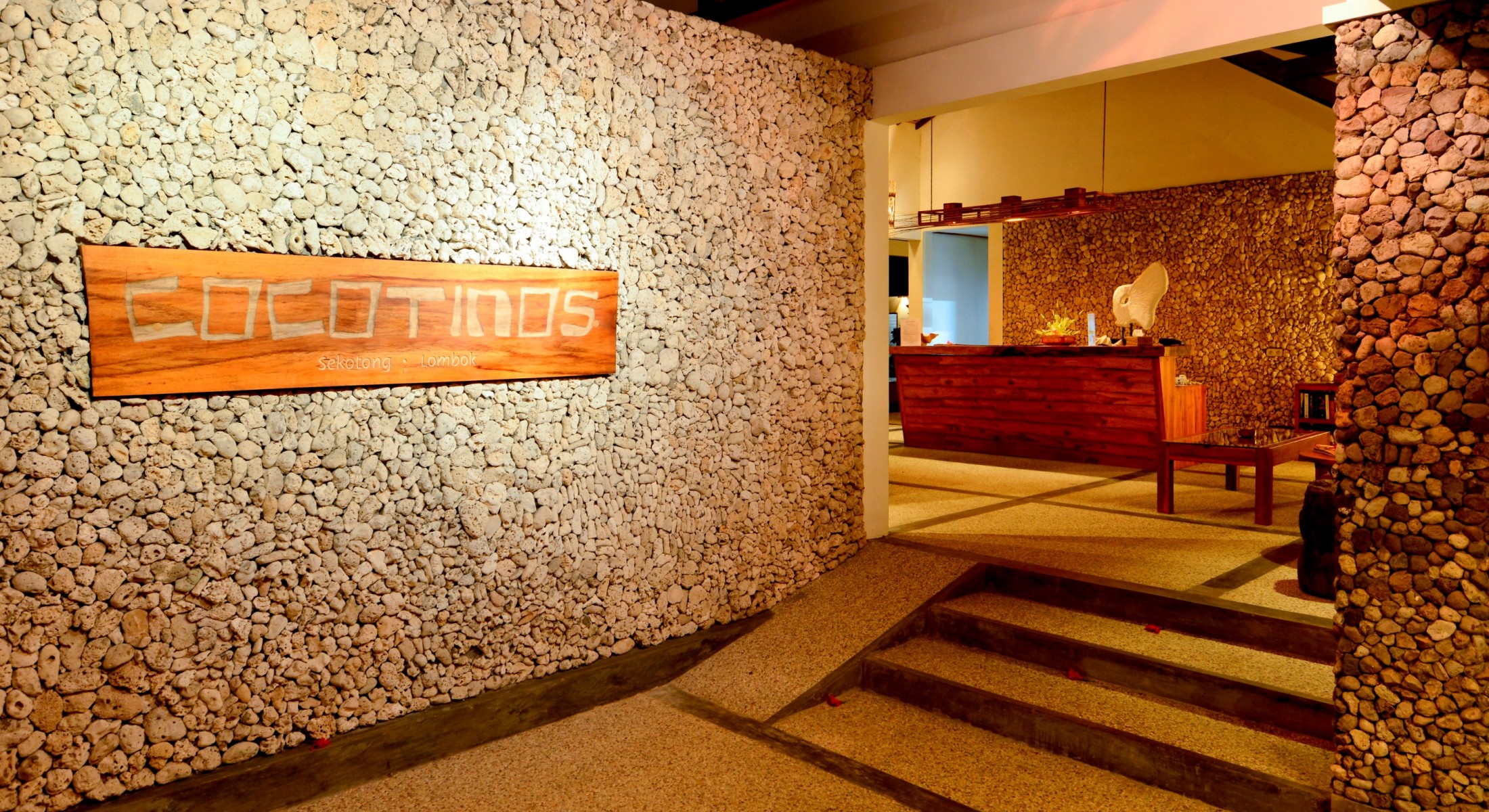
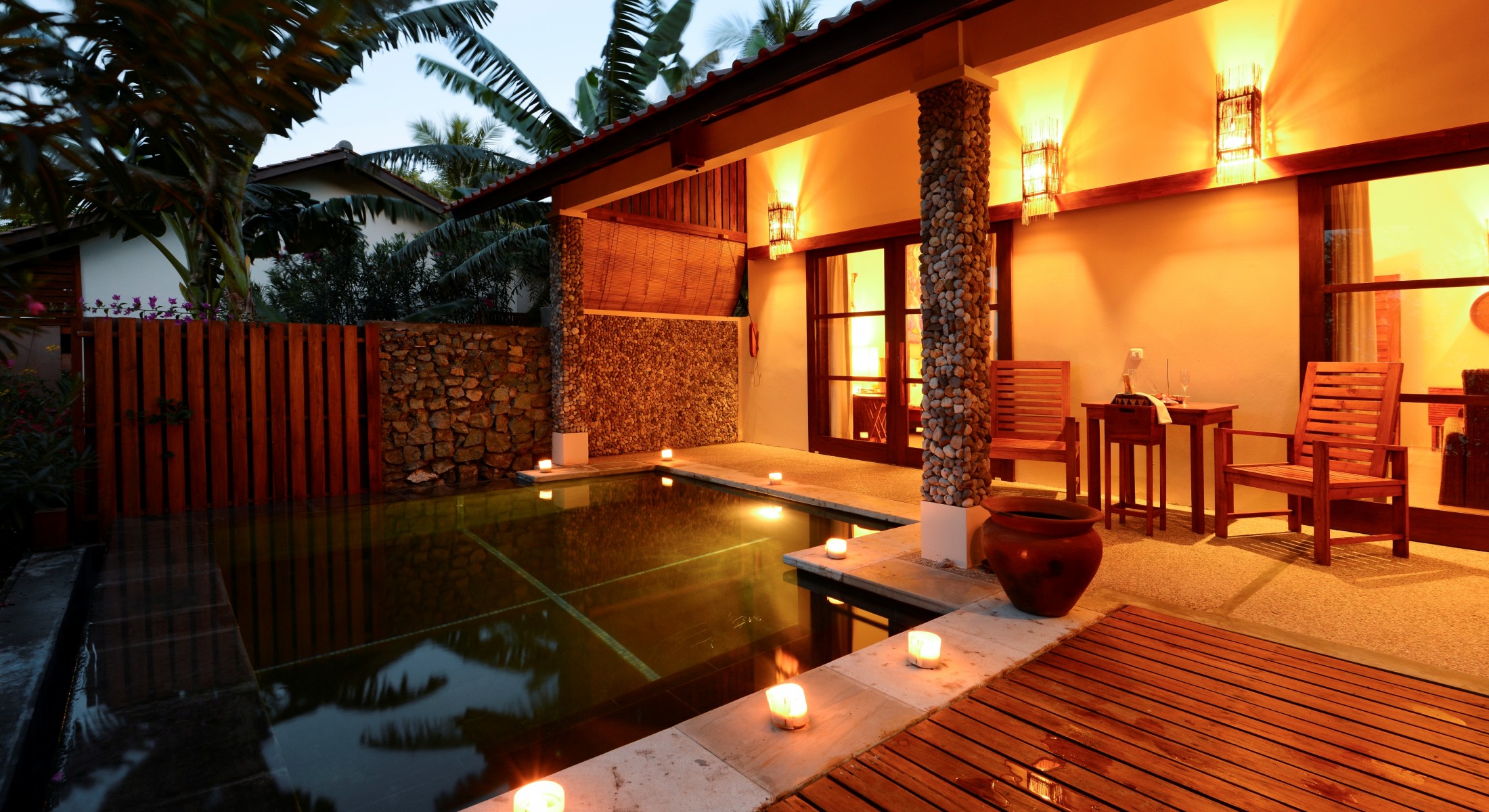
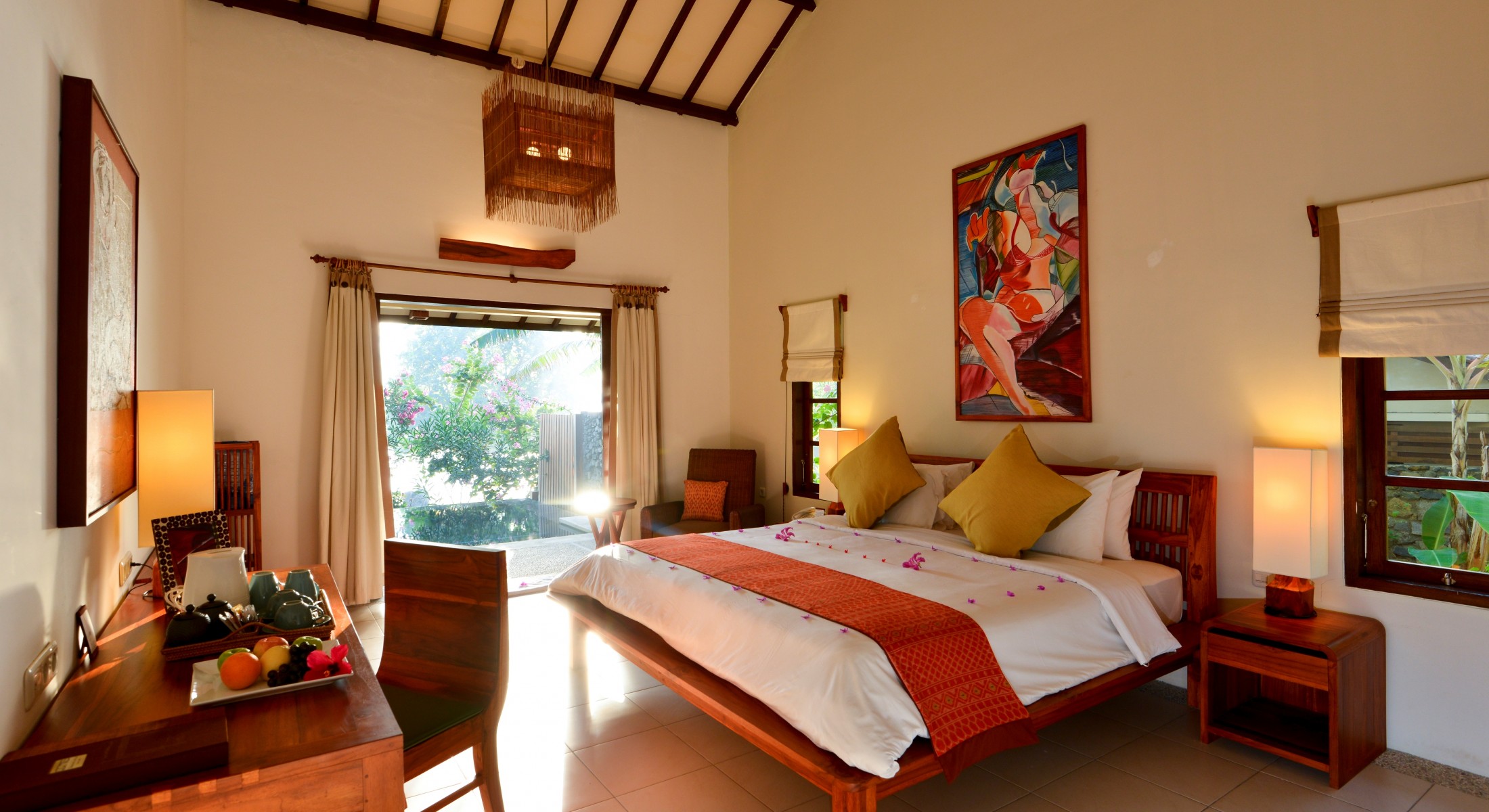
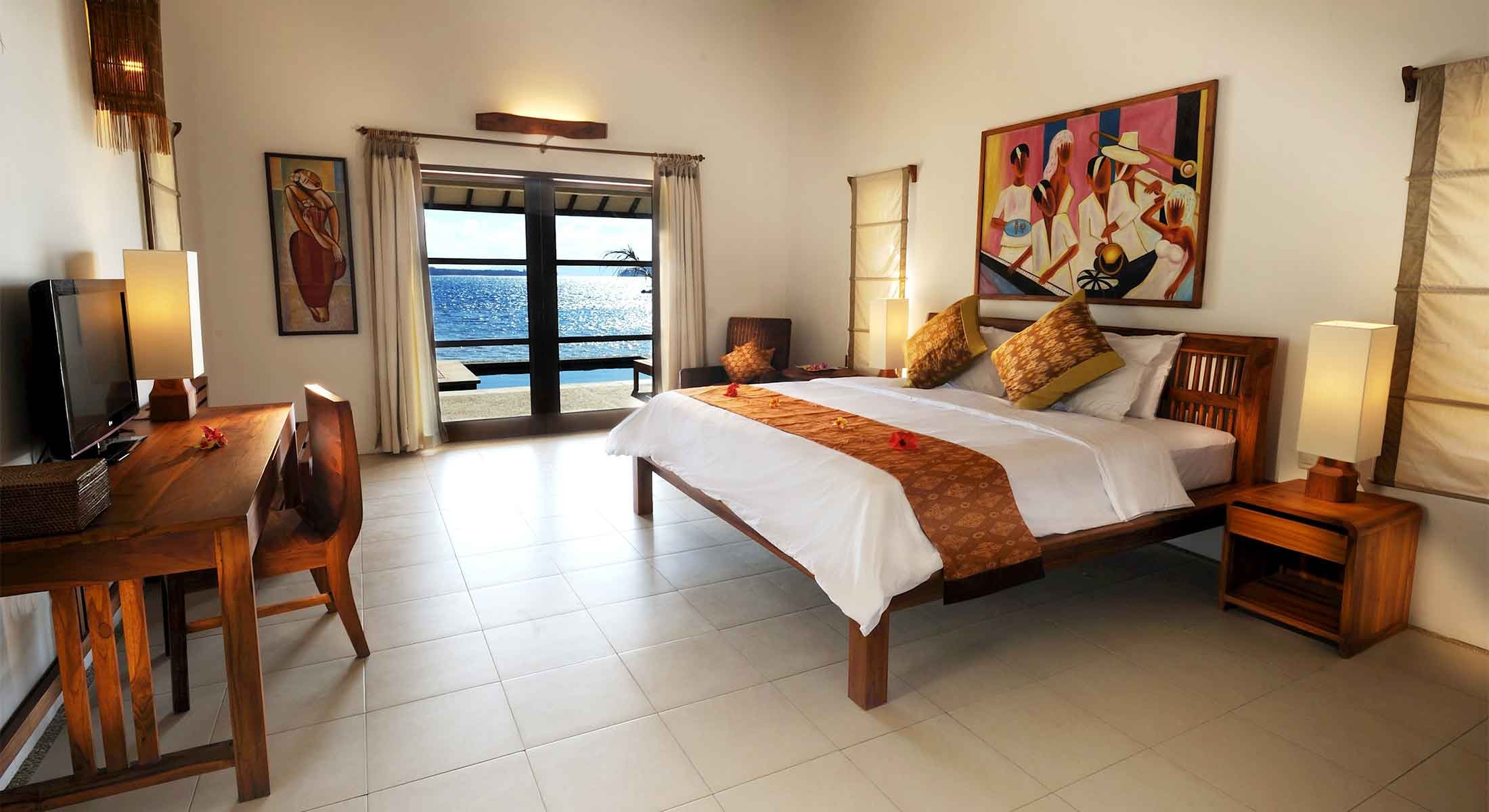
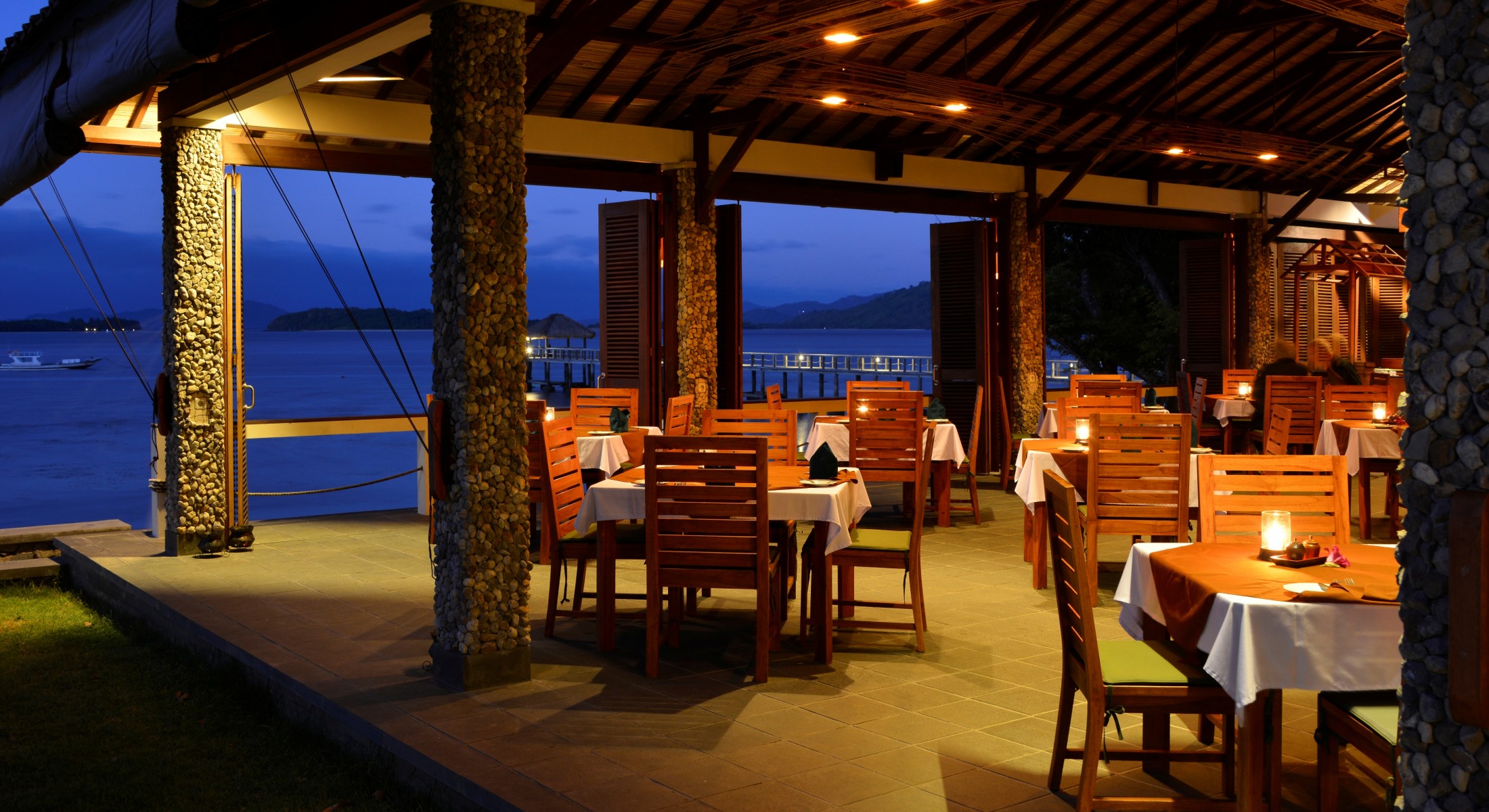
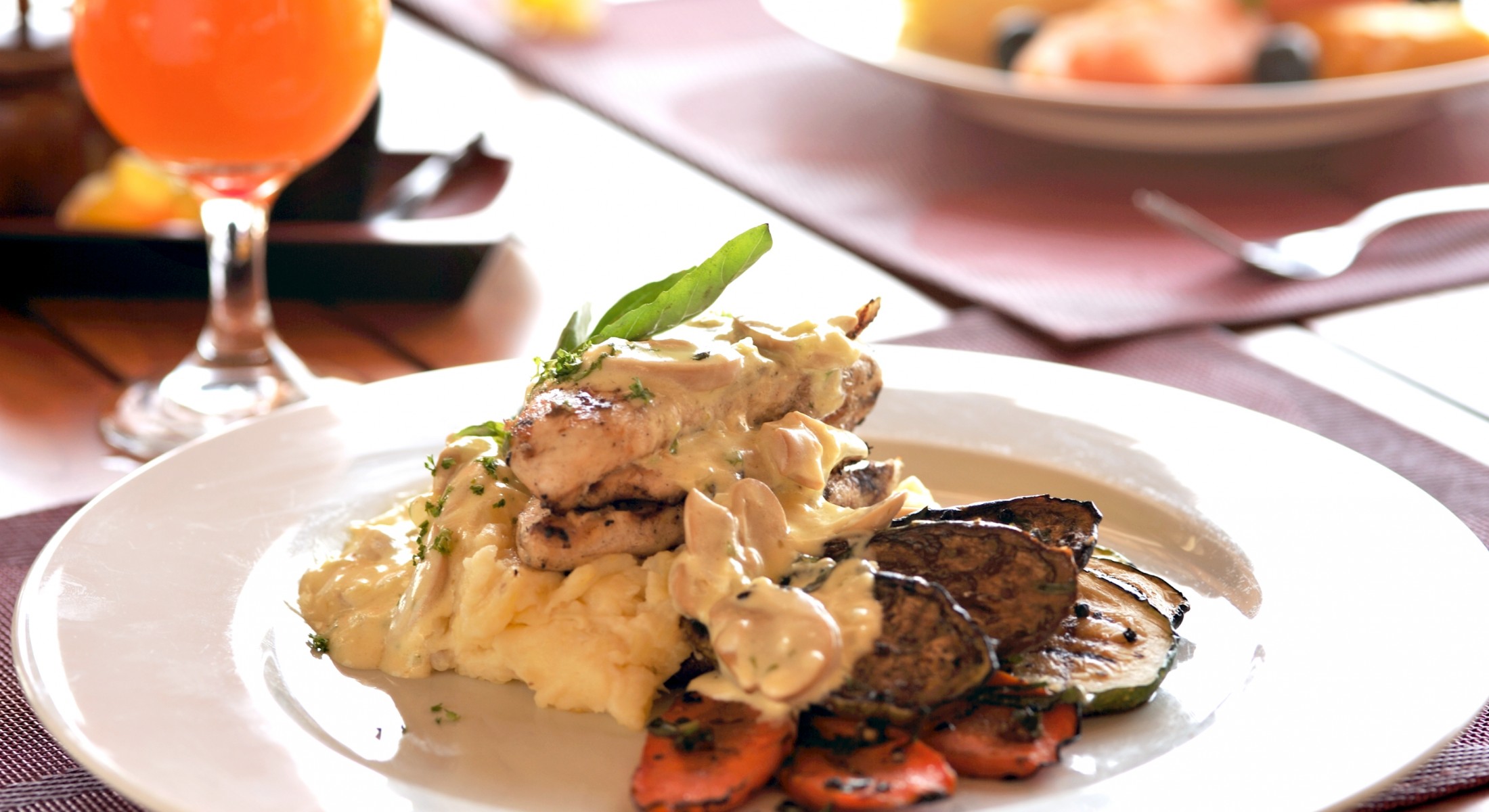
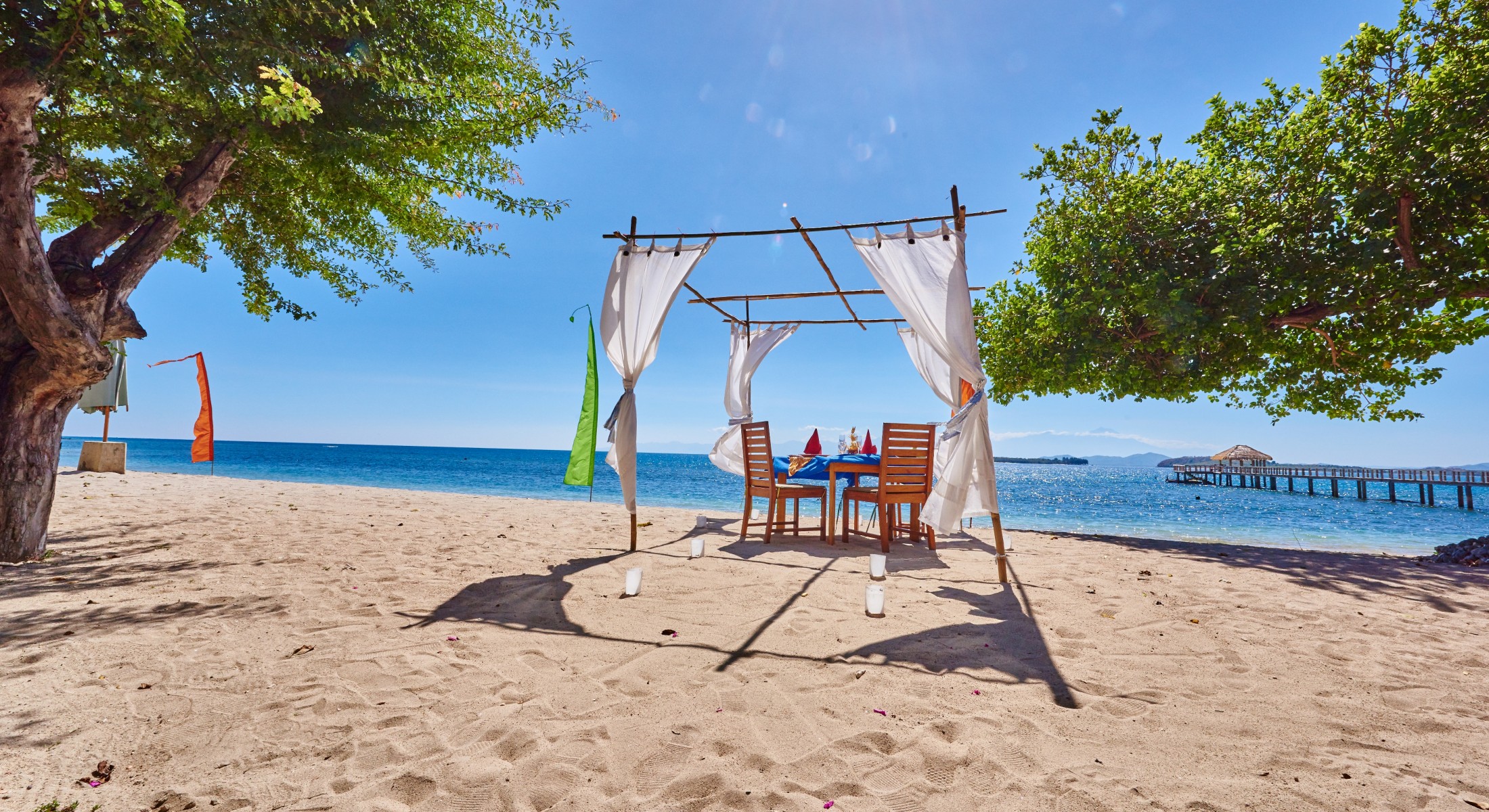
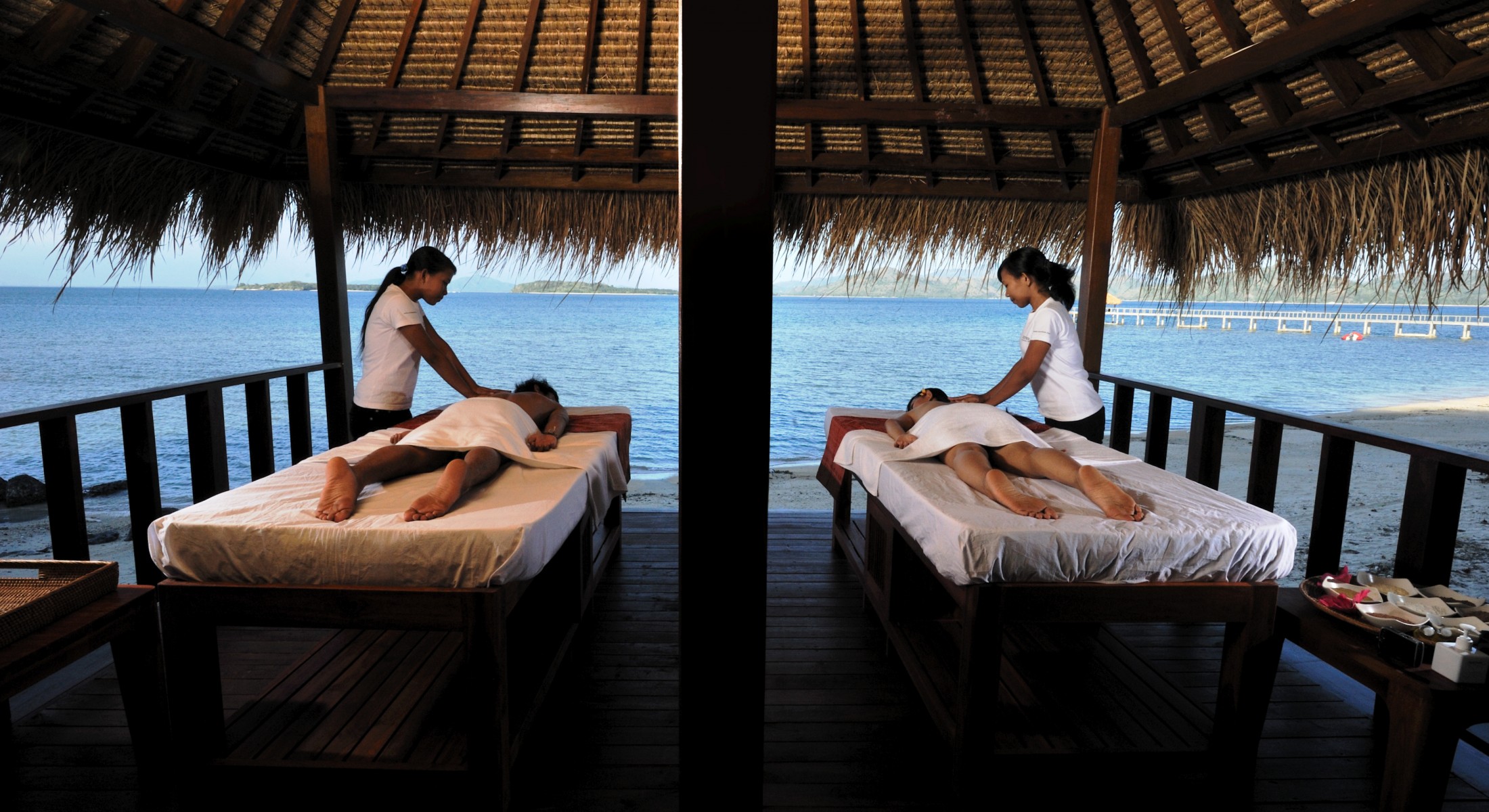
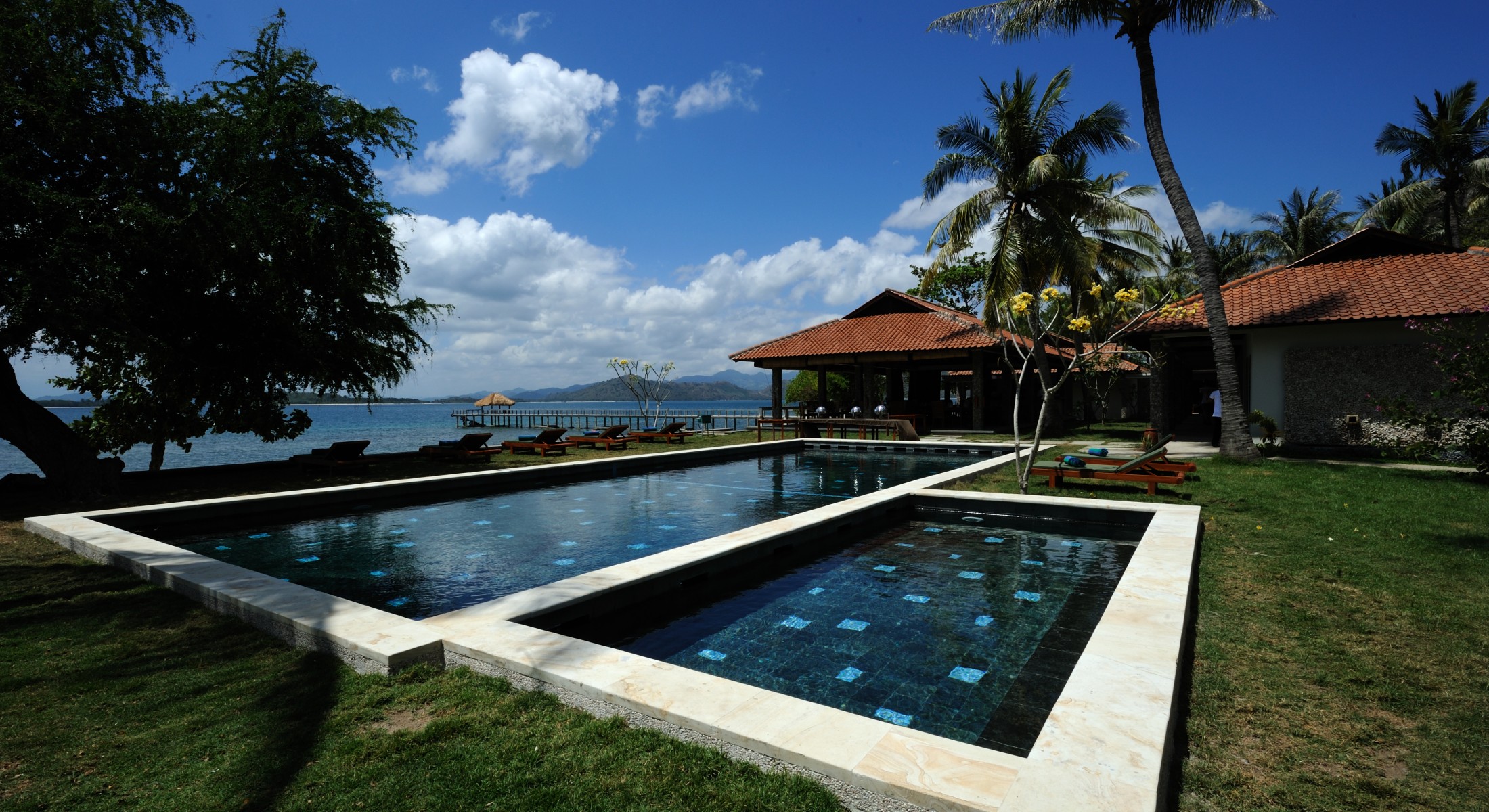
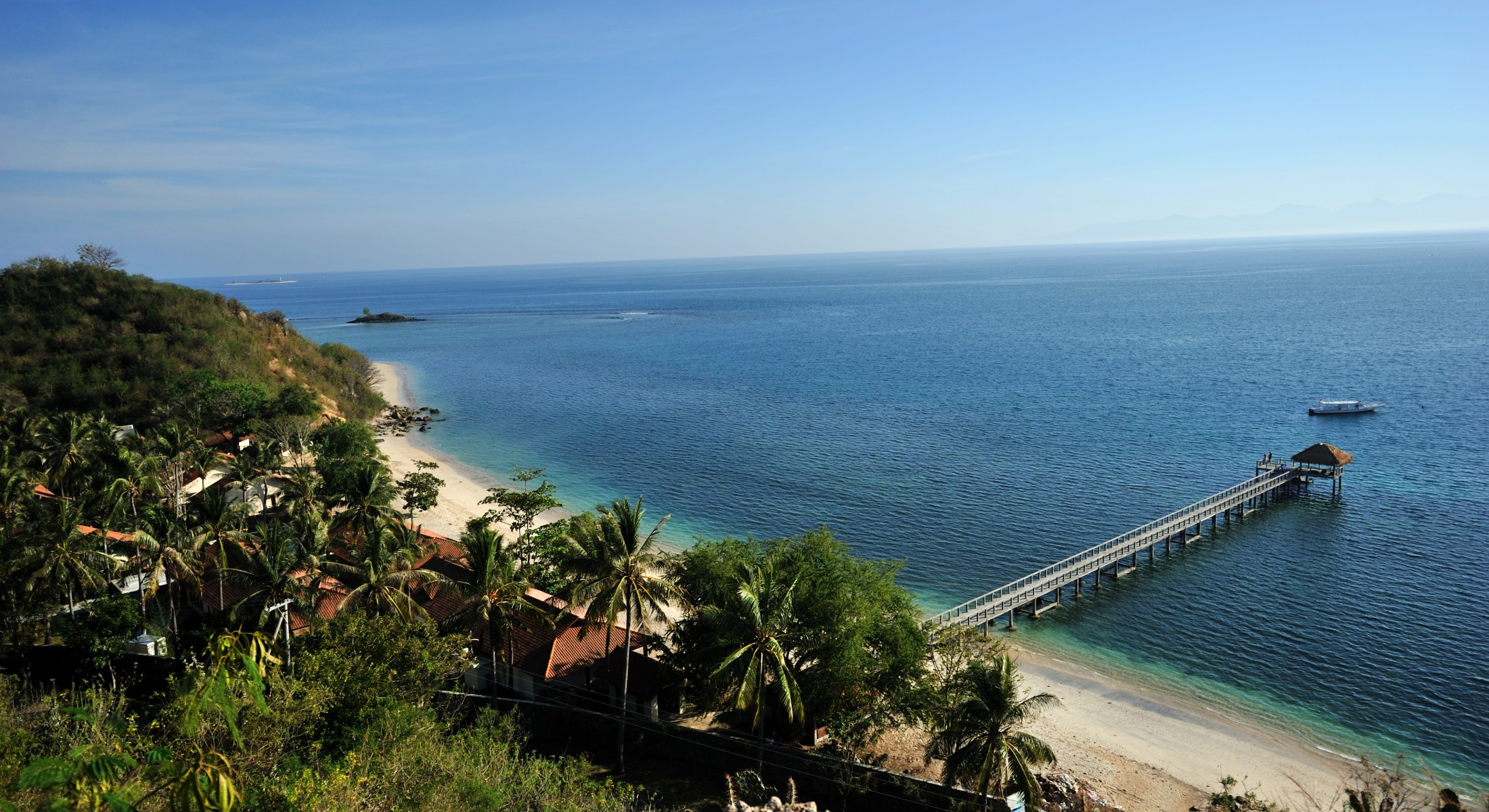
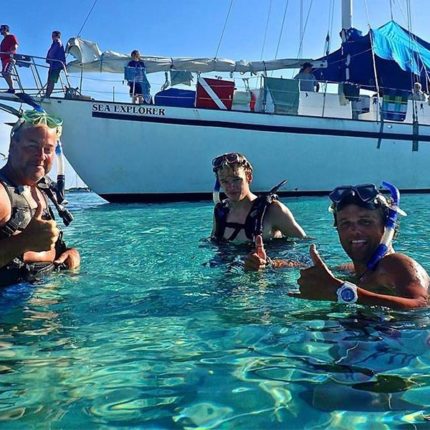
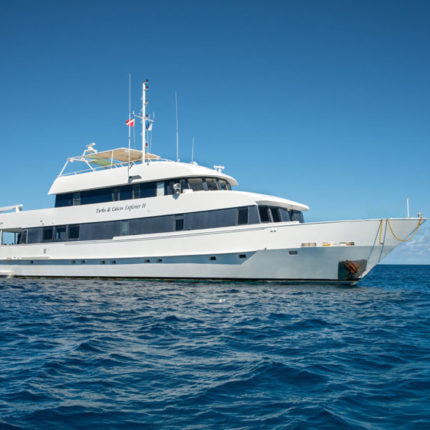
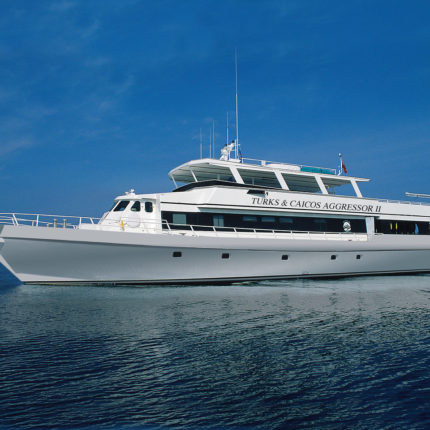
Reviews
There are no reviews yet.